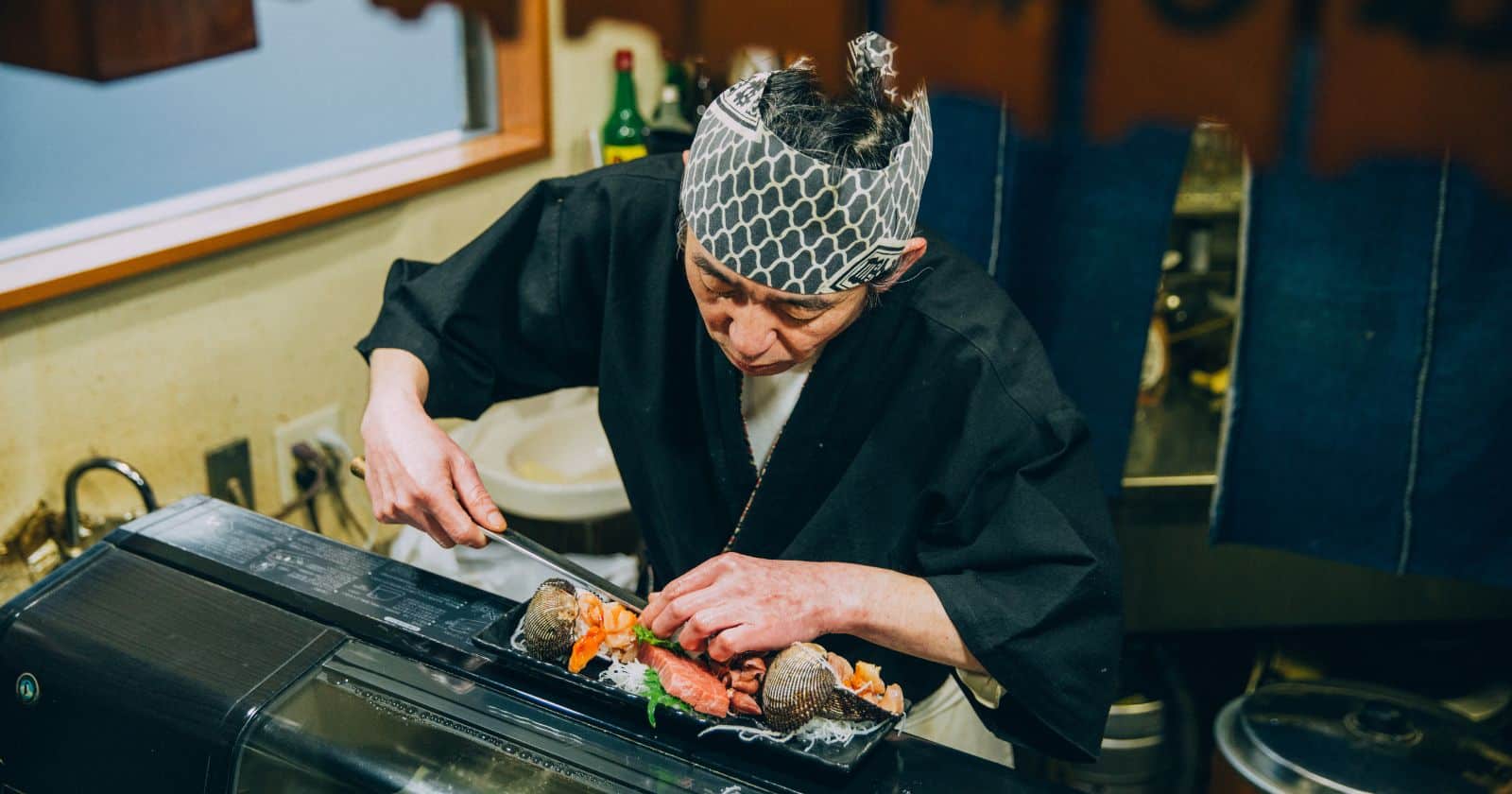That California roll keeps creeping up in price. You used to enjoy sushi as an affordable treat, but nowadays the cost has you exclaiming, “Why is sushi so expensive?” It’s true – between the fish, rice, and service, the bill can run high. But understanding the reasons behind the price tag can help you enjoy this delicacy without breaking your budget.
From costly seafood to skilled labor, many factors contribute to the elevated cost of sushi. Transportation and taxes also drive up the prices on imported ingredients. And since sushi is in high demand, restaurants can charge premium rates.
While the tab can sting your wallet, you can employ tricks to enjoy sushi without going totally broke. Opt for happy hour deals, sushi made with local fish, or whip up homemade maki to get your fix for less.
This article will uncover everything that goes into sushi’s lofty costs. With insider tips, you can savor those special rolls without draining your bank account. So grab your chopsticks and get ready to dive into the economics of this upscale food!
The Sourcing of Premium Seafood
Let’s start with the star ingredient – the seafood. High-end sushi relies on the freshest catch like tuna, salmon, yellowtail, eel, and more. These species are often caught wild, not farmed, to achieve optimal flavor, texture, and color.
Fish this fresh is only available in limited quantities, transported directly from coastal suppliers. The high demand coupled with the effort to source premium seafood means these fillets can cost $25 or more per pound.
Compared to a chicken breast at $3.99 per pound, you can see how premium fish significantly inflates the price of your sushi order.
Skilled Labor of Sushi Chefs
In addition to sourcing only the best seafood, sushi restaurants also employ highly skilled chefs to turn these fillets into culinary art.
It takes years of intensive training to master the techniques involved in traditional sushi preparation. Top sushi chefs have trained for a decade or longer under strict Japanese masters.
Their expertise allows them to break down fish, cook rice, and assemble nigiri with an unparalleled level of precision. This is a specialized skill set acquired over many years, justifying their high wages.
Challenges of Importing Ingredients
Since traditional sushi relies heavily on imported ingredients from Japan, there are added costs associated with transportation, taxes, and regulations.
From the short-grain rice to the seaweed wrappers to condiments like wasabi, key components must be sourced abroad and rushed to restaurants. Keeping imported goods in stock isn’t cheap.
Some restaurants circumvent this by sourcing local ingredients. But traditional establishments rely on Japanese imports approved for raw consumption, adding to their bottom line.
High Demand Allows for Premium Prices
From its humble street food origins, sushi is now a global delicacy that commands premium prices. Its popularity as a healthy and creative cuisine means demand is higher than ever.
When demand is great enough, restaurants can essentially charge whatever diners will pay. In major cities, the wealthiest clientele will fork over $50+ for luxe omakase without batting an eye.
So part of the lofty cost is simply that sushi lovers are willing to pay more for this treasured food experience.
Frills and Add-Ons Drive Up the Bill
Even if you stick to reasonably priced maki, extras can quickly escalate the tab. Bottled beer, sake cocktails, and Japanese whiskies can get pricey.
Trendy appetizers like tuna tataki, seaweed salad, and crab rangoon push the bill higher. Desserts like mochi ice cream or tempura fried goods offer tasty but costly add-ons.
While extras are nice, sticking to water and a couple special rolls can help lower costs.
Tips for Affordable Indulgence
Just because sushi is expensive doesn’t mean you have to break the bank to enjoy it. With the right strategies, you can indulge for less:
- Seek out happy hour deals for half priced rolls
- Opt for local spot prawn or albacore over imported bluefin
- Skip the dragon and rainbow rolls for simpler classic nigiri
- Fill up on edamame, miso soup, or salad rather than pricier apps
- BYOB to avoid marked-up drinks or just pay for water
- Make your own sushi at home with affordable ingredients
- Go for takeout platters instead of dining in to avoid service fees
- Use coupons or loyalty programs to score discounts on your meal
With the right savvy, you can enjoy top-notch sushi without sacrificing your savings. Now that you know what goes into the price, it’s easy to indulge in this delicacy on a budget!





